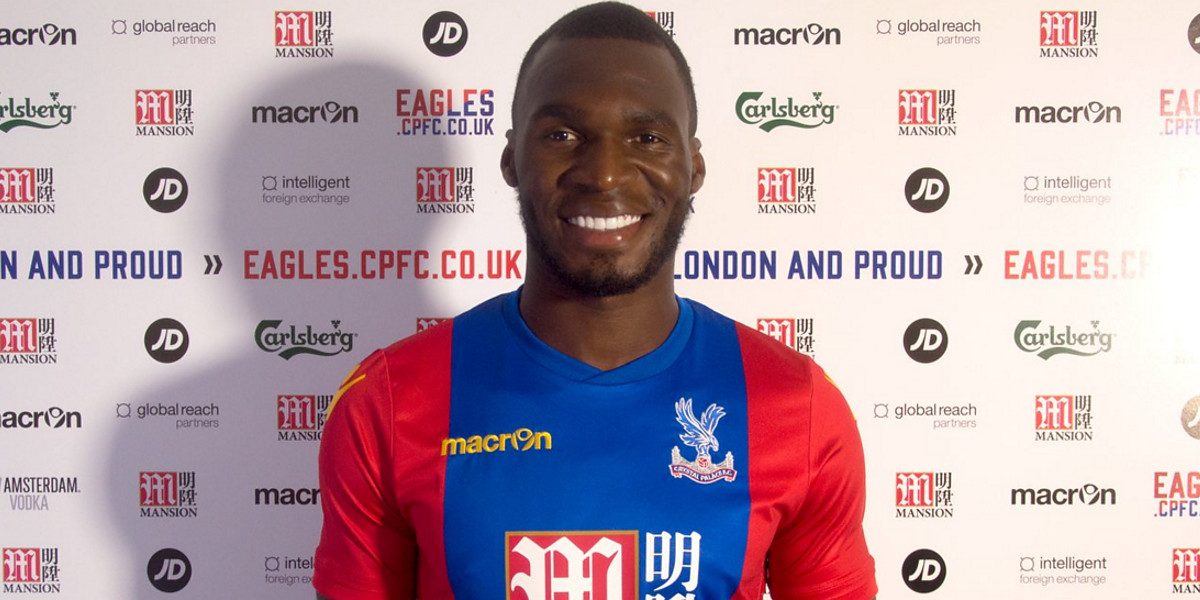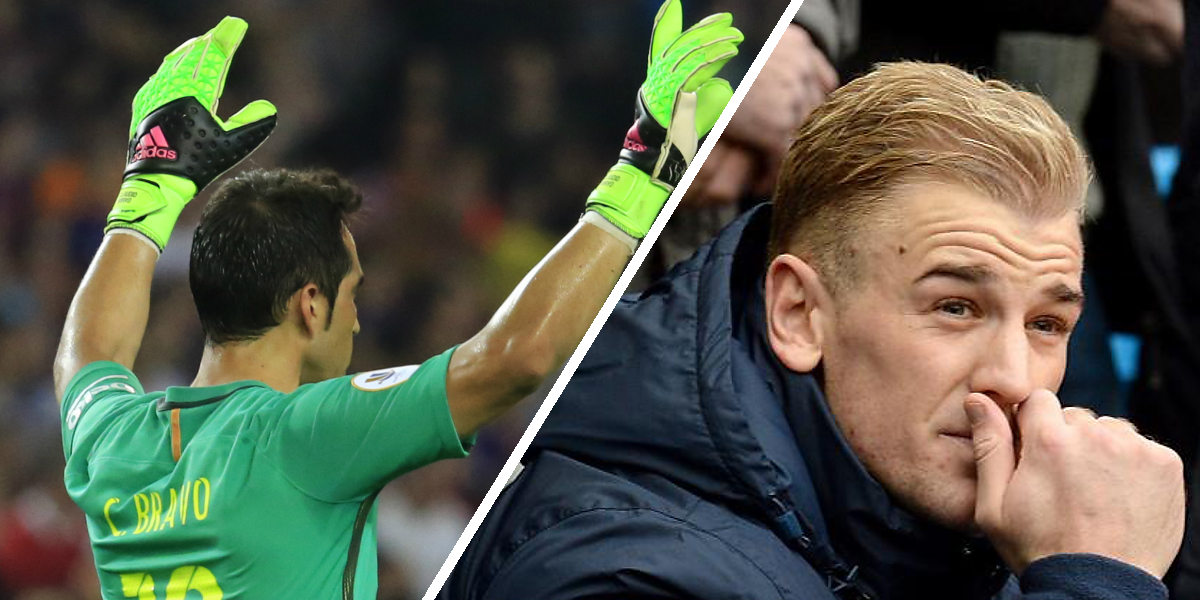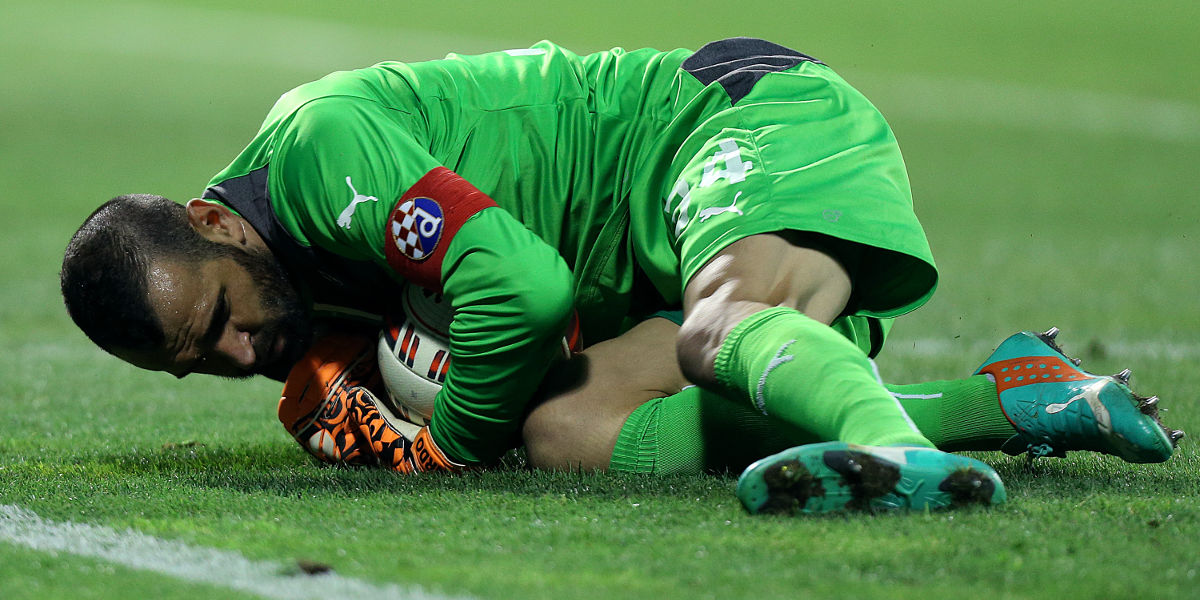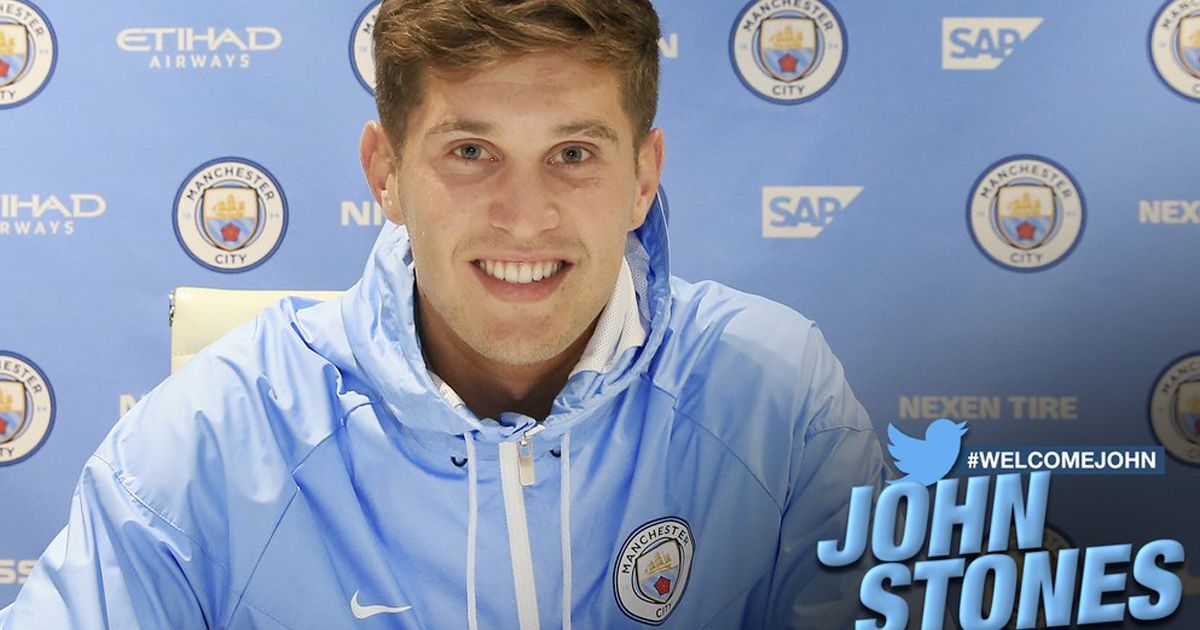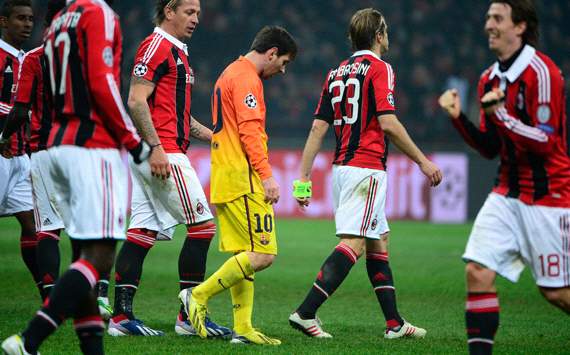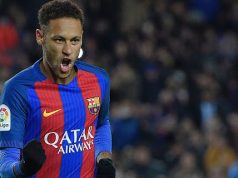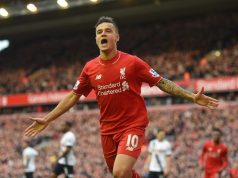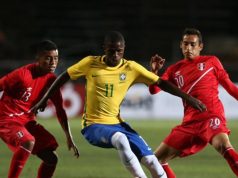By Kris Voakes
Sombre and subdued, Lionel Messi bowed his head and made a bee-line for the tunnel at San Siro having turned in an unusually poor performance. But Barcelona’s 2-0 Champions League last-16 first leg defeat to AC Milan did not mark Messi’s first failure in Italy, and in fact the Argentine is still to score a goal from normal play against any side from the bel paese.
The four-time Ballon d’Or winner has earned accolades galore and smashed a whole host of records, yet in the 790 minutes he has played against Italian teams in European competition, Messi has yet to notch a goal from anywhere other than the penalty spot. While Barca actually have a winning record in the nine matches in which he has participated, triumphing four times, the star attraction himself has not been so fortunate personally.
His record has sparked many question marks over his ability to take on a tactically strong outfit, with Mark van Bommel recently suggesting that Messi would be much less successful in Serie A than he has been in La Liga.
The Argentine’s goal against Deportivo La Coruna on Saturday shattered the world record for goals in consecutive league games, marking his 17th successive goalscoring appearance in the Spanish top flight. But Van Bommel has claimed that he and many of his former Milan team-mates believed that Messi would score at nothing like the same rate if he played in Italy.
“Three quarters of the changing room thought he would score less than 30 goals a season in Serie A,” the Dutchman told Algemeen Dagblad.
“And that’s me included, yes. Serie A is just a very different approach to football. You can still neutralise sides like in no other league.”
It is now seven-and-a-half years since Messi first faced up to Italian opposition, yet whether the adversaries be Udinese, Inter or Milan, he has come up blank but for three penalties against the Rossoneri last season.
This is not the first time that Messi has been accused of not rising to the occasion against teams from a particular country, with his first 11 games against English clubs resulting in him failing to hit the target. But he was able to turn around his fortunes against Premier League stock, with his subsequent seven matches yielding seven goals.
However, he remains short on goals against sides from the Italian peninsula, begging the question as to whether there is a particular trend tactically in how Serie A sides have dealt with Messi. Below we look at the nine meetings between the magical Argentine and Italian representatives, with a particular eye on how Messi was stopped from casting a spell.
SEPTEMBER 28, 2005 | BARCELONA 4-1 UDINESE
As an 18-year-old, Messi started on the right of the three-man attack, and he actually had the run on the Udinese defence from the moment he cut inside Christian Obodo to fire in Barca’s first shot. It was he who then carved open the Friulani before being felled by Jose Luis Vidigal, allowing Ronaldinho to score the first of his three goals from a 25-yard free-kick.
He went on to miss three good chances to score himself, with the second a real sitter from a left-wing corner, but his magical footwork was already on display in only his third ever Champions League appearance.
SEPTEMBER 16, 2009 | INTER 0-0 BARCELONA
In persistent rain at San Siro, Messi got in an early shot which was parried low by Julio Cesar, and then the No.10 saw a header from a Dani Alves cross saved by the Brazilian keeper.
Apart from a scuffed volley under pressure from Walter Samuel, he had few other sights of goal, largely being allowed to drop deep and look to thread balls through for Zlatan Ibrahimovic, but rarely given any opportunity in possession close to the 18-yard area, with Cristian Chivu blocking a rare chance late on. He often looked up to see all three Inter midfielders within 10 yards of him, such was his supposed danger.
APRIL 20, 2010 | INTER 3-1 BARCELONA
By the time the two sides met at San Siro again in the semi-final first leg, Inter were sporting a new shape, with two holding midfielders. This saw some inter-changing between Thiago Motta and Esteban Cambiasso in the role of man-marker, with the Italo-Brazilian doing the job for the most part.
When the two midfielders didn’t stop the Argentine, Samuel did, more than once stepping in to thwart his progress. Despite nominally being one of the front men, Messi continued to drop away from the immobile Ibrahimovic in a bid to impose himself, but this became difficult at 3-1 and with Inter happy to rely on breaks.
APRIL 28, 2010 | BARCELONA 1-0 INTER
In the now infamous backs-to-the-wall effort from the Nerazzurri, they employed the same two holding midfielders to patrol Messi. After Thiago Motta’s ridiculous red card, it was left to Cristian Chivu – a late call-up for the injured Goran Pandev – to sit alongside Cambiasso in what became a virtual 4-5-0 formation.
Messi provided the first threat after the flashpoint, skipping past two before being denied by a magnificent save by Julio Cesar, but again his opportunities to attack at pace were limited by Inter’s reinforced core. This was exemplified when he advanced into the area in the second half but was surrounded by three men and closed out by Lucio, and late on he was more of a regista in a bid to gain any space at all.
SEPTEMBER 13, 2011 | BARCELONA 2-2 MILAN
In his first tussle with the Rossoneri, Messi was allowed a little more space in which to work, with his position as a ‘false nine’ now cemented. When he broke beyond Milan’s deep midfield trio, it was left to Alessandro Nesta and Thiago Silva to react quickly enough to close him down.
Messi hit the outside of the near post with a free-kick and forced Christian Abbiati into a low block, then beat two men on the way to assisting Pedro’s equaliser. He then faded from the game, though, with substitute Massimo Ambrosini helping to bolster the midfield’s strong resolve after replacing the injured Kevin-Prince Boateng.
NOVEMBER 23, 2011 | MILAN 2-3 BARCELONA
Milan tried to play a similar game to their matchday one effort when it came to their patrolling of Messi, but he had more freedom from deep with only Mark van Bommel of a defensive disposition in their midfield.
It was Messi’s ball over the top to Xavi which led to Van Bommel’s own goal, with Thiago Silva having been pulled out of his natural position to tend to the Argentine. But even when netting for a first time against Italian opposition, it took him two bites at the cherry, as on his first penalty attempt he halted mid-run and was forced to retake the spot-kick.
He still had a say from deep again though, threading a majestic pass through four men for Xavi to net the winner.
MARCH 28, 2012 | MILAN 0-0 BARCELONA
With Ambrosini and Antonio Nocerino restored, Milan had more with which to match Messi in the first leg of their quarter-final tie last season, but still the diminutive Argentine was a threat. Ghosting into pockets of space, he was able to get first touch passes away, though not get any runs in at the defence.
Ambrosini did an excellent job on him outside the box, with Nesta and Philippe Mexes making their move the second he got close to the area. It was sometimes more through foul means than fair that the No.10 was thwarted, with Nesta accepting a yellow card in a bid to end one mazy run, but all remained within the spirit of competition.
APRIL 3, 2012 | BARCELONA 3-1 MILAN
The following week, Messi was able to get on the scoresheet twice, but both strikes came from the penalty spot. It was his mastery which opened up the opportunity for the first goal, as his excellent turn in the area enticed a rash foul from Luca Antonini. He also netted after Alessandro Nesta was harshly adjudged to have pulled back Sergio Busquets with the ball out of play.
In general play, Messi was given a little more licence and space, particularly when Milan were left playing catch-up, but Nesta and Mexes regularly timed their challenges well to ensure that he was denied once approaching the Milan box, just as had happened six days earlier.
FEBRUARY 20, 2013 | MILAN 2-0 BARCELONA
This season’s Champions League last 16 first leg clash with Milan had been billed as a more straight-forward affair than previous match-ups given the Rossoneri’s difficult season in the face of so many personnel changes, but it turned out to be the Italian side’s best performance against Messi and Barcelona.
With a new shape now in use, Massimiliano Allegri’s side used their 4-3-3 setup to ensure that they stretched Barcelona at the back, and used the midfield reinforcements ahead of the back line to act as an umbrella defence up against the No.10. Whereas previously the Rossoneri had allowed him space to roam initially, this time the Argentine found very little room in which to work his magic.








